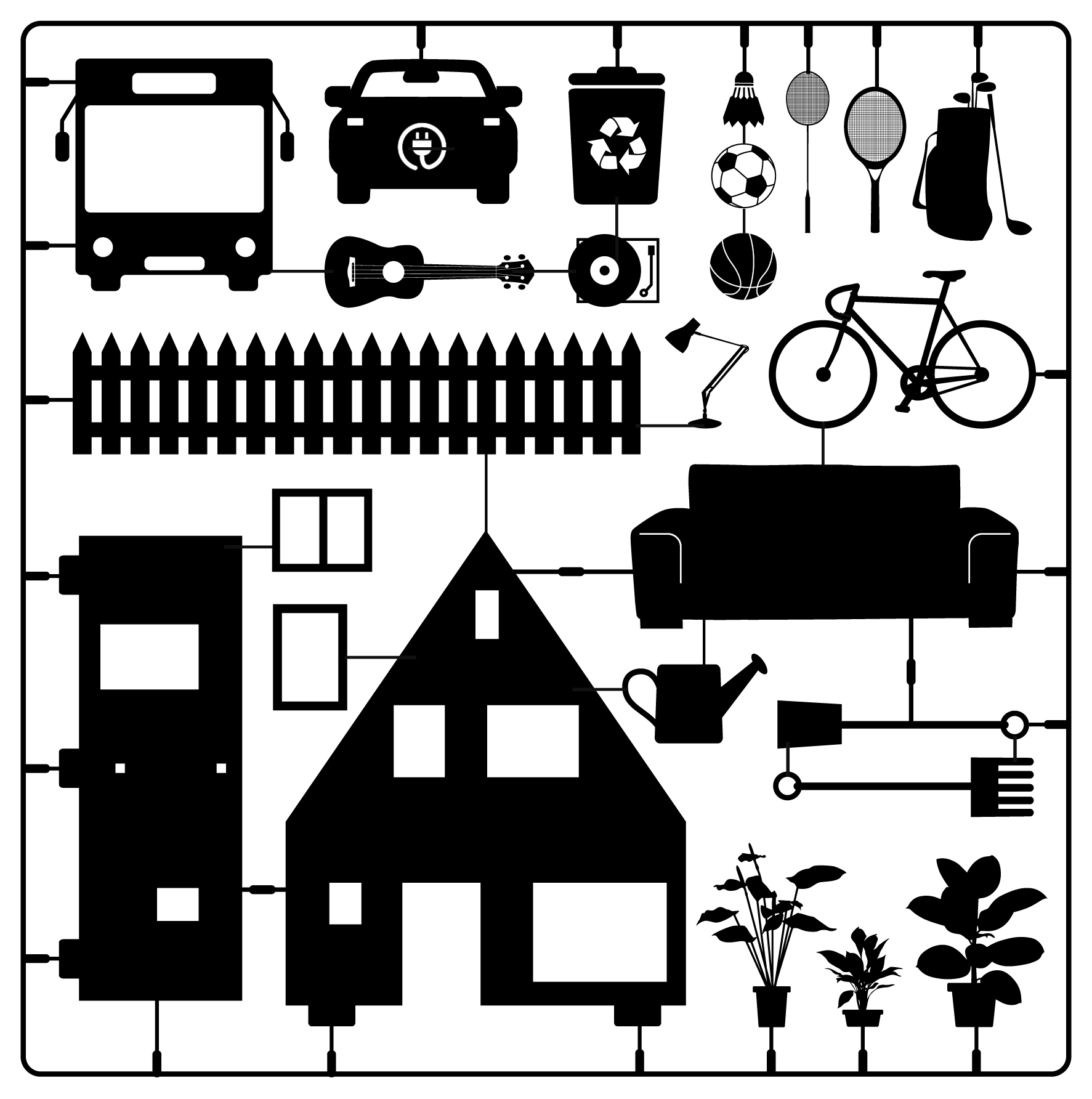Following on from the last post about sustainability, this time we’re going to focus on Passivhaus. Some people love them, some people hate them, but there’s no doubt that they deliver huge environmental benefits.
According to the Passivhaus Trust “Passivhaus buildings achieve a 75% reduction in space heating requirements, compared to standard practice for UK new build.” and importantly “Evidence and feedback to date shows that Passivhaus buildings are performing to standard, which is crucial, given that the discrepancy between design aspiration and as-built performance for many new buildings in the UK can be as much as 50-100%.”
Passivhaus homes are designed to maintain internal temperatures within a comfortable temperature and humidity range throughout the year, with only a small amount of space heating needed.
Insulation, triple glazed windows and air-tightness keep heat in or out.
A Mechanical Ventilation with Heat Recovery system keeps air clean and contrary to popular belief, windows can be opened!
 The Green Building Store have answers to some popular questions about MVHR.
The Green Building Store have answers to some popular questions about MVHR.
As well as individual homes, schools and offices, some residential developments of up to 68 homes in the UK have been PassivHaus certified. They include:
“Before granting planning permission, Leicester City Council made Passivhaus certification an essential requirement for all 68 homes on the Saffron Acres development. The different orientations of the plots made this an even greater challenge because it meant that a variety of fabric specifications would have to be used for insulation. All 68 plots achieved Passivhaus certification, making Saffron Acres the largest Passivhaus residential development in the UK”.
 “All 51 homes at an affordable residential scheme in Rainham, Essex have received Passivhaus certification. The development consists of a mix of family homes and apartments, arranged in two rows of three-storey homes, a row of two-storey terraces and an apartment building.“
“All 51 homes at an affordable residential scheme in Rainham, Essex have received Passivhaus certification. The development consists of a mix of family homes and apartments, arranged in two rows of three-storey homes, a row of two-storey terraces and an apartment building.“
“Our multi award winning eco cohousing community at Forgebank consists of 36 private homes, community facilities, workshops/offices/studios and shared outdoor space. Our cosy and comfortable homes meet Passivhaus and Code for Sustainable Homes (level 6) standards, and we benefit from renewable technologies (solar, biomass and hydroelectricity).”
Food for thought when planning a CoHousing development?
